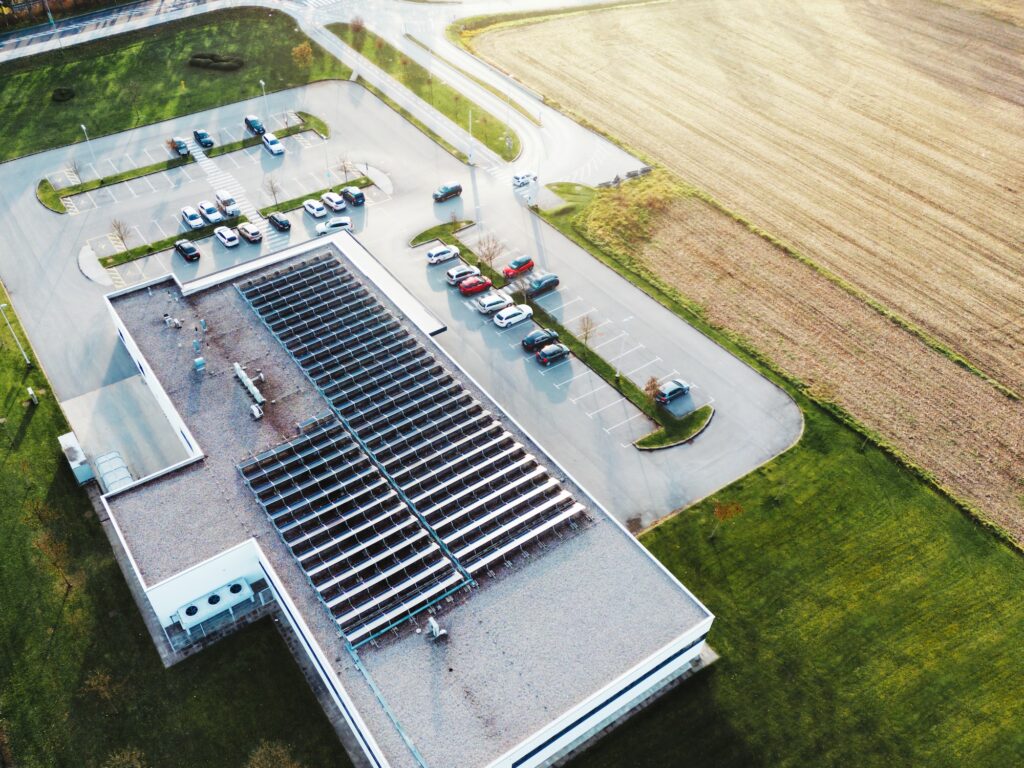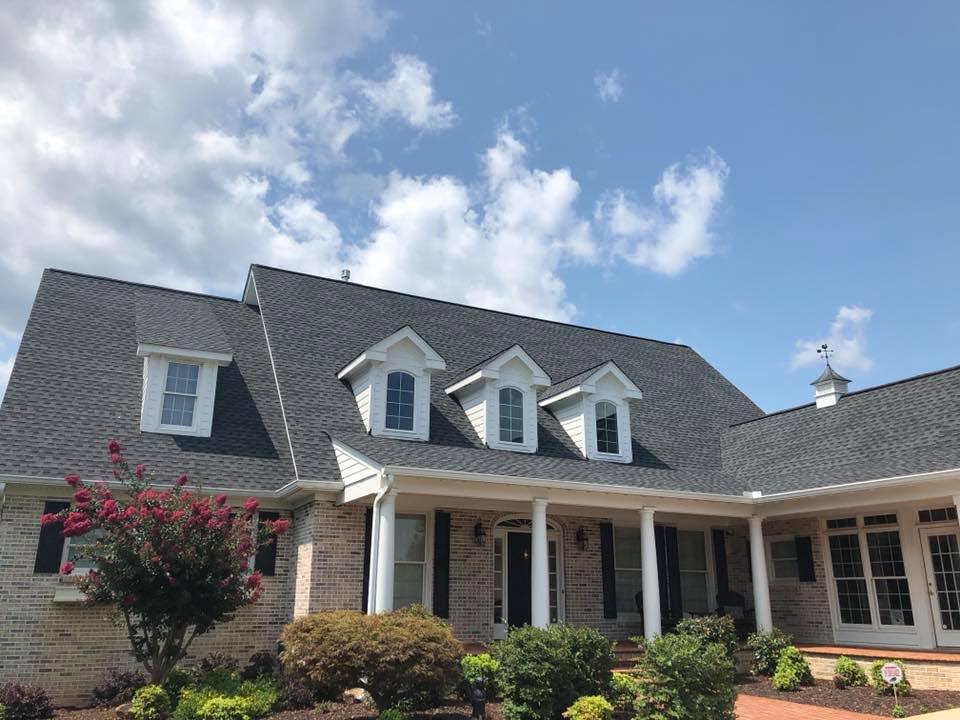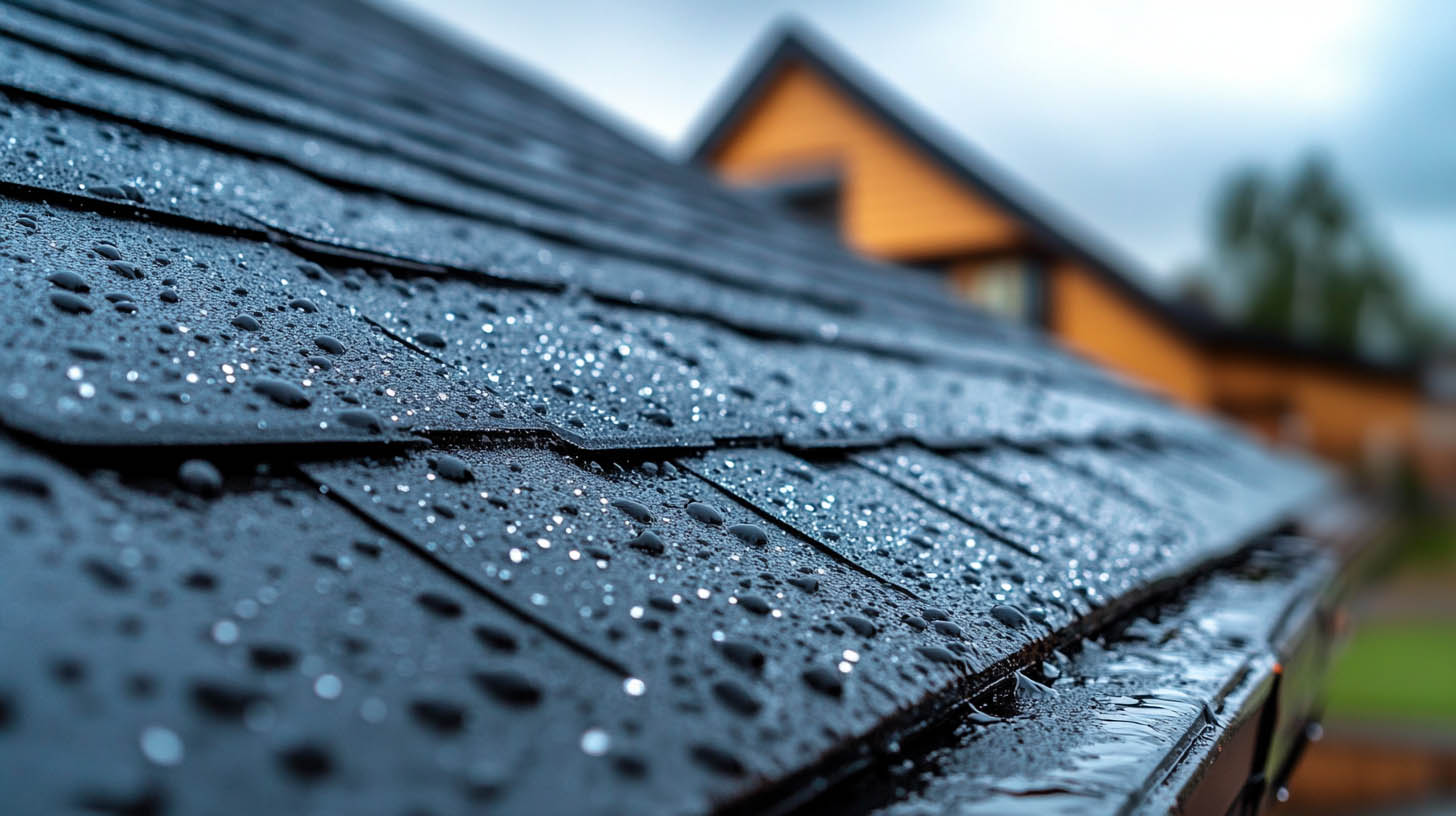United Contracting & Roofing LLC in Greenville, SC, provides expert advice on locating and addressing flat roof leaks. Detecting a leak can be challenging depending on the roofing materials used, but following these steps can help identify and resolve issues effectively.
Clear the Roof
Remove Debris
Start by clearing the roof of any debris such as leaves, branches, or dirt. This makes it easier to spot signs of damage, especially on smoother surfaces like single-ply membranes or modified bitumen roofs.
Inspect for Damage
Walk around the roof and look for visible signs of damage:
- Blisters, Cracks, Punctures, or Splitting: Common in single-ply membrane roofs.
- Exposed Tar: On gravel-covered roofs, look for areas where gravel is missing, exposing tar that may show signs of bubbling or cracking.
Check Flashing, Collars, and Seams
Inspect Protective Features
Examine the condition of flashing, collars, and seams around roof penetrations and edges. Look for:
- Loose Seals: Around collars and flashing, which can allow water ingress.
- Seam Integrity: Single-ply materials like EPDM and TPO may have weak seams, whereas PVC seams are heat-welded and typically stronger than the material itself.
Sweep Gravel
For built-up roofs, sweep away gravel around drains or flashing to inspect the condition of the underlying tar.
Examine the Condition of Patching
Inspect Previous Repairs
Check any areas that have been patched before:
- Professional vs. DIY Repairs: Professional repairs are generally more durable, but all patches should be inspected for new leaks.
- Multiple Patches: If a roof has many patches, it may be time for a complete replacement.
Look for Low Spots
Identify Dips and Divots
A flat roof needs a slight slope (about a quarter of an inch per foot) to facilitate drainage. Low spots can lead to pooling water, which degrades roofing materials and causes leaks.
Signs of Pooling
Look for concentric rings of dirt, indicating previous standing water. Check for small holes or splits in these areas.
Try the Hose Test
Simulate Rainfall
Spray suspected areas of the roof with a hose and wait for about 10 minutes, then check inside the structure for signs of water dripping. This test helps identify leak locations, though it can be time-consuming and may not pinpoint multiple entry points.
Use Moisture Scanning
Roofing specialists often use moisture scanning equipment for more precise detection of leaks, providing quicker and more accurate results than the hose test.
For more information on addressing roof leaks, check out our article on highlight on Johns Manville liquid applied membrane roofing.
Conclusion
Locating and repairing flat roof leaks is crucial for maintaining the integrity of your commercial property. Regular inspections, clearing debris, and checking protective features can help identify issues early. For persistent or severe leaks, consult United Contracting & Roofing LLC for professional assessment and repair services.
For Commercial Roof Maintenance and Warranty: How to Protect Your Investment, click here.








